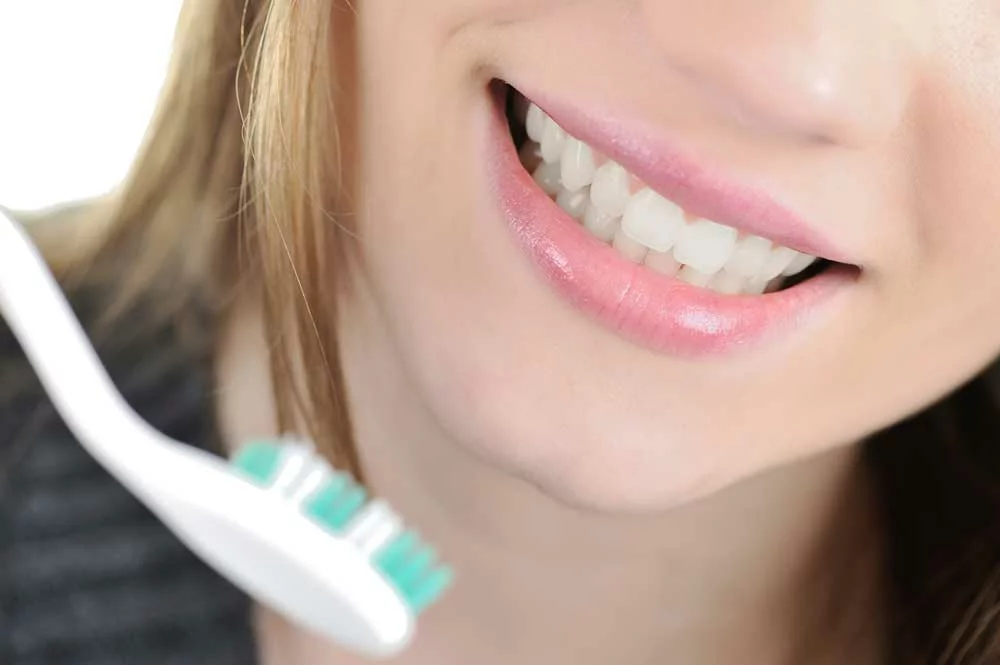A dazzling smile is a universal symbol of confidence and vitality, and in the quest for a brighter, whiter set of teeth, many turn to teeth whitening procedures. This article explores the captivating world of teeth whitening, delving into the mechanisms that enhance the color of teeth. Additionally, we’ll unveil the transformative magic of teeth whitening through captivating before-and-after snapshots and shed light on the intricacies of dental bone grafting.
Teeth Whitening: An Art and Science Blend
Teeth whitening, also known as teeth bleaching, is a cosmetic dental procedure designed to improve the color of teeth by removing stains and discoloration. The process primarily involves the use of bleaching agents, typically containing hydrogen peroxide or carbamide peroxide, to break down and remove stains deeply embedded in the enamel.
The outer layer of our teeth, known as enamel, is porous, allowing for the absorption of pigments from food, beverages, and tobacco. Over time, these pigments accumulate, leading to stains and a dulling of the teeth’s natural color. Teeth whitening works by oxidizing and breaking down these stains, restoring the teeth’s brightness and radiance.
Understanding the Mechanism: How Teeth Whitening Works
Teeth whitening procedures can be broadly categorized into two main types: in-office professional treatments and at-home treatments.
In-Office Professional Treatments:
In-office treatments are performed by dental professionals and offer quick and effective results.
The dentist applies a high-concentration bleaching gel directly to the teeth, often using a specialized light or laser to enhance the bleaching process.
The procedure usually takes about 60 to 90 minutes, and patients can see noticeable results after just one session.
At-Home Treatments:
At-home teeth whitening kits typically involve custom-fitted trays filled with a lower concentration bleaching gel.
Patients wear these trays for a specified period each day, allowing for gradual whitening over several weeks.
While at-home treatments are generally less potent than in-office procedures, they offer convenience and flexibility.
Teeth Whitening Before and After: A Visual Journey
To truly appreciate the impact of teeth whitening, one need only glance at the remarkable transformations captured in before-and-after photographs. These images vividly showcase the power of teeth whitening to erase years of stains and restore a vibrant, youthful smile.
In these comparisons, individuals with various degrees of teeth discoloration undergo teeth whitening treatments, highlighting the dramatic change in the color and brightness of their smiles. The emotional and psychological impact of these transformations is often as significant as the physical changes, boosting self-esteem and confidence.
Dental Bone Grafting: A Vital Component of Oral Restoration
While teeth whitening focuses on the surface aesthetics, dental bone grafting addresses the structural integrity of the oral cavity. This procedure is commonly employed in cases where a patient has experienced bone loss due to factors such as tooth extraction, trauma, or periodontal disease.
During a dental bone grafting procedure, a dentist or oral surgeon harvests bone graft material, often from the patient’s own body or a donor source, and strategically places it in the deficient area. This graft material serves as a scaffold, promoting the regeneration of new bone tissue and restoring the strength and volume of the jawbone.
Conclusion:
Teeth whitening stands as a beacon of hope for those seeking a radiant smile, while dental bone grafting plays a crucial role in preserving the structural foundation of our teeth. The combination of these cosmetic and reconstructive procedures showcases the comprehensive care available in modern dentistry, emphasizing both aesthetics and functionality. As technology advances and techniques evolve, the journey towards a brighter, healthier smile continues to captivate individuals seeking to unlock the full potential of their dental well-being.



